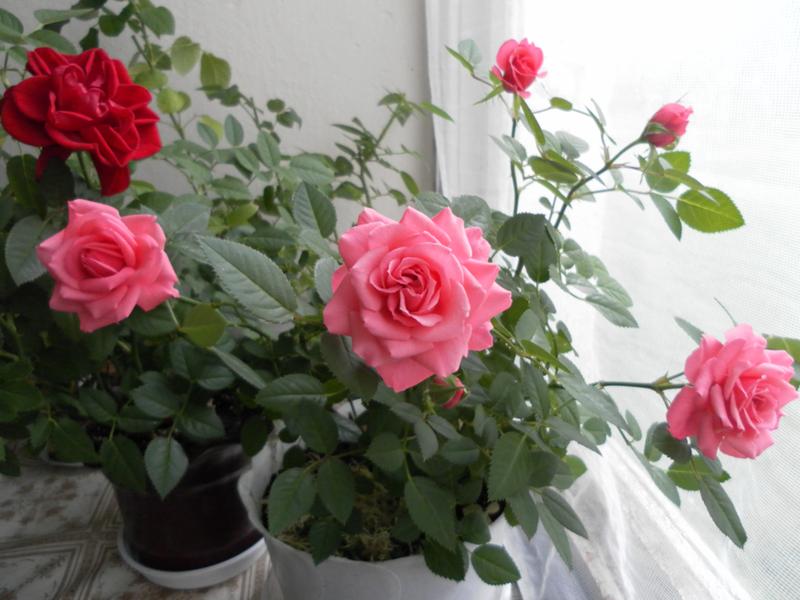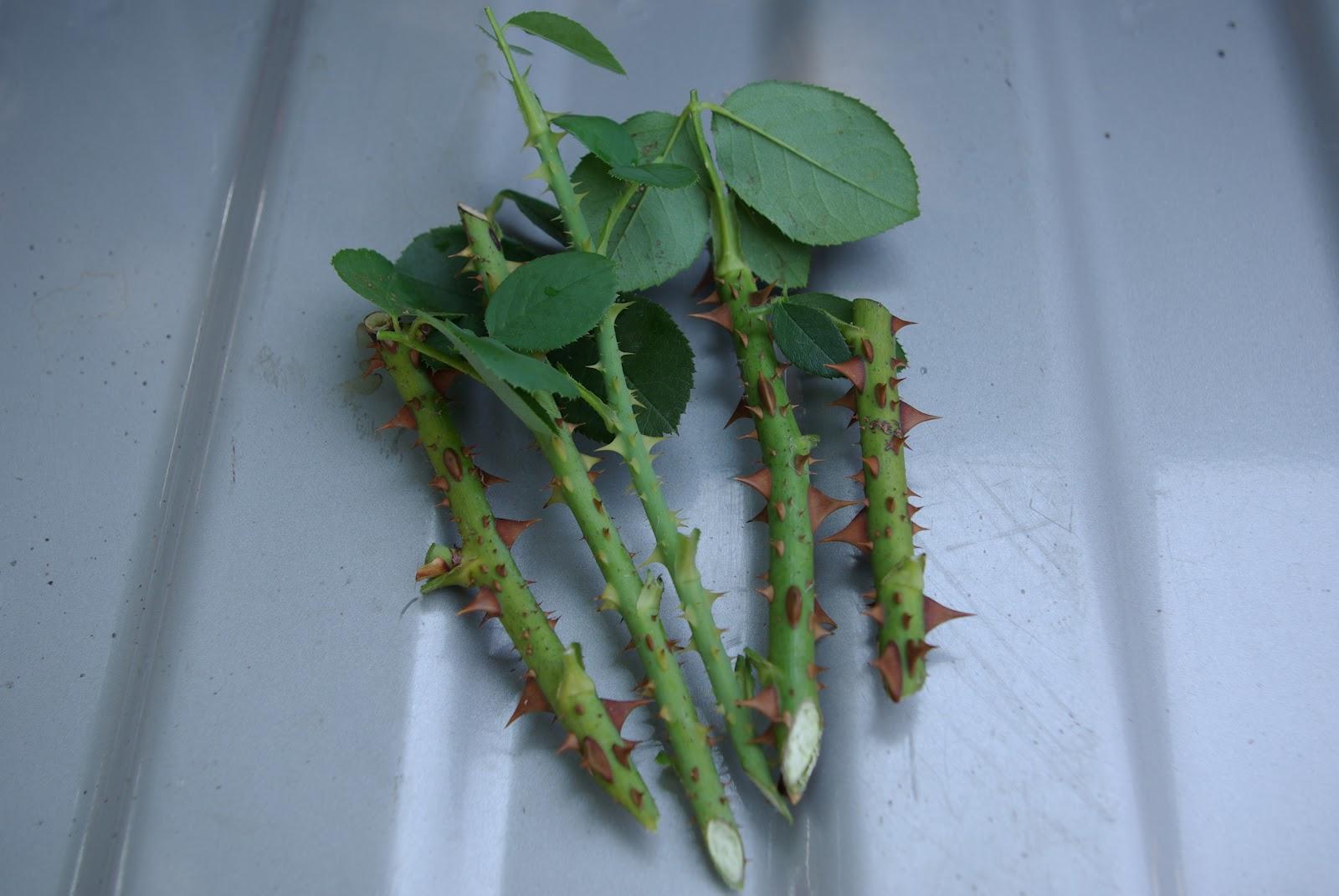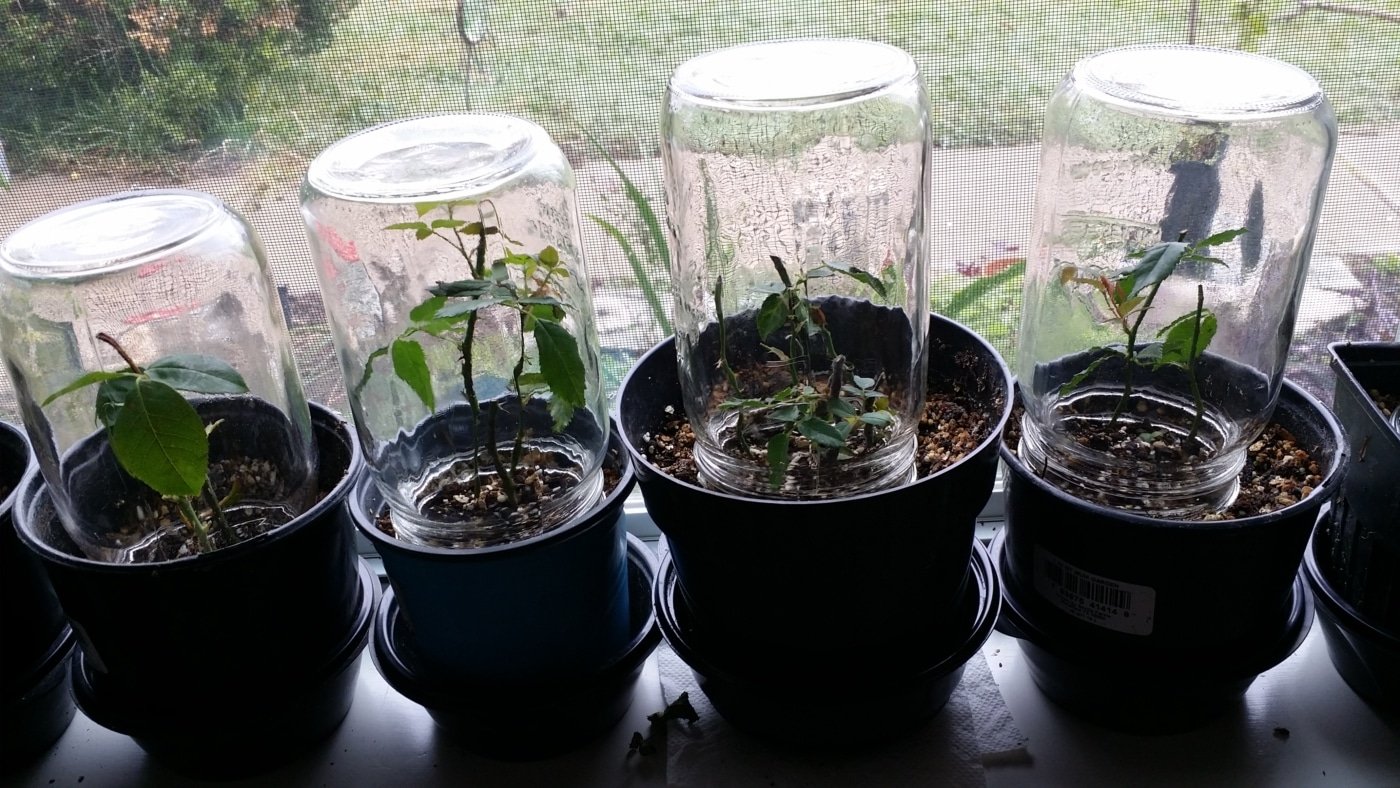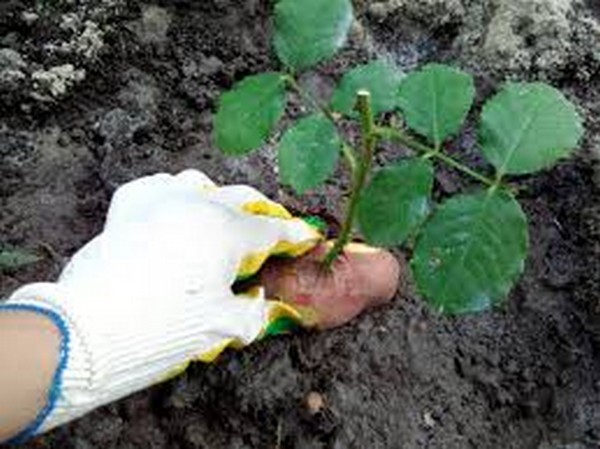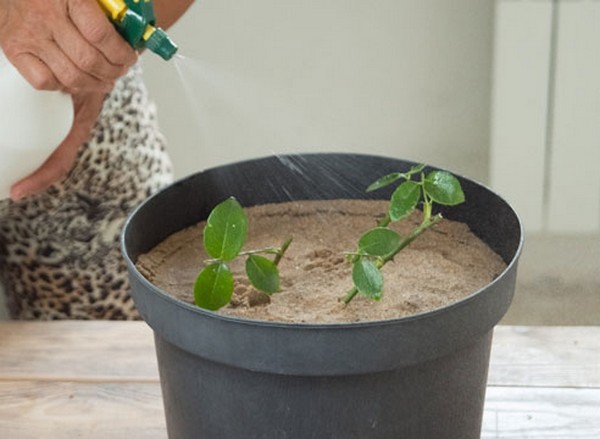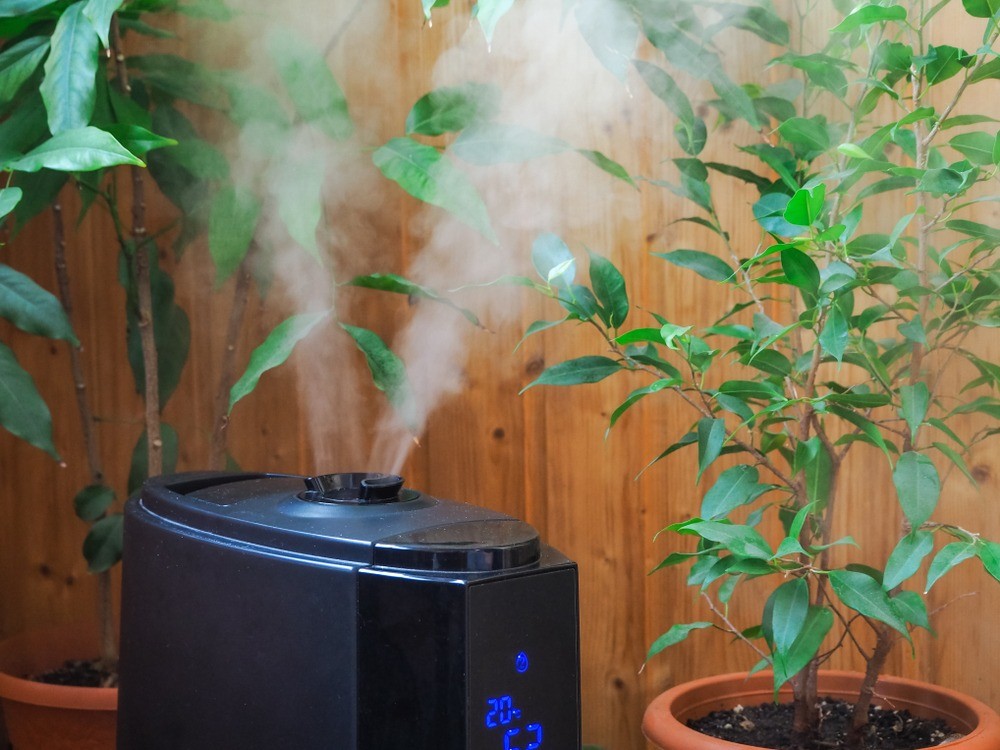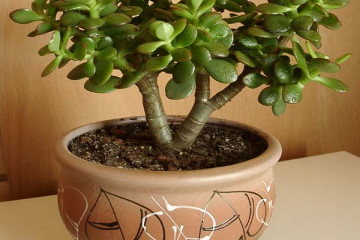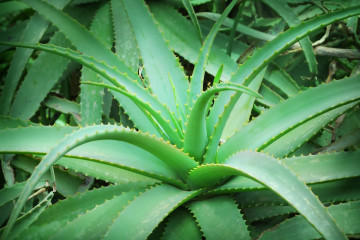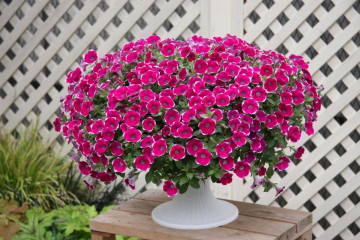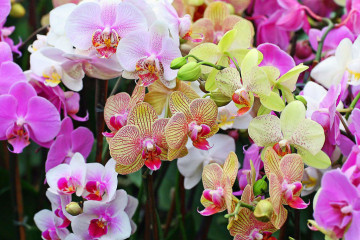The rose gave rise to a shoot on the stem - how to plant in a pot
Content:
Rose is a very beautiful and noble flower, but the cost of seedlings for home or garden cultivation is quite high. Sometimes in a presented bouquet, roses in a vase sprout, what to do in such a situation? Is it possible to plant such a flower in a pot for home cultivation and how to do it correctly? Experienced gardeners have learned how to plant roses in pots by growing them from small cuttings.
Is it possible to grow a new flower from a shoot on a rose
If a rose has sprouted on a stem, how to plant it in a pot? The appearance of shoots does not guarantee successful cultivation. For planting, roots are needed that will ensure survival. But you should know that foreign varieties of roses take root much worse than local adapted plants. One of the more cultivated varieties is the Chinese ornamental rose variety.
Summer sprouts develop most effectively. If the rose has shoots with leaves, it is best to plant them from late spring to early autumn. Attempts to grow roses in winter may not be successful due to lack of natural light, inappropriate temperature and humidity.
How to plant a scion in a pot
The rose has sprouted in a vase, how to plant - you need to figure it out step by step. First of all, in order to select and cut a cutting for rooting, you must carefully examine it. It must meet several requirements:
- the flower must be of a domestic variety;
- the stay of the bouquet in a vase should not exceed 1 month;
- the stem of the stem should be fresh, green, not darkened;
- there should be no cracks and wounds on the stem;
- the stem must be thick enough;
- the middle part of the stem is used for breeding;
- there should be at least 2-3 buds on the handle;
- buds should be well sprouted, bright green.
It is recommended to use a pruner or a well-sharpened knife to get a good cutting. Instruments are subject to preliminary disinfection.
The optimal length of the cutting is 25-30 cm. No more than three buds are left on it. The lower part must be cut at an angle of 45 degrees at a distance of at least 1 cm from the lower kidney. From above, the trimming is done straight. Excess leaves and thorns are removed. Places of cuts must be treated with wax or potassium permanganate.
The resulting stalk is placed in a container where water at room temperature, mixed with a root growth stimulator, is poured. The most common formulations are Epin and Kornevin. In the solution, the shoot is kept for 10-12 hours before planting.
Planting the cuttings step by step
The best option for rooting is the selection of a separate pot for each cutting. If this is not possible, you can plant several shoots in one container, keeping a distance of at least 8-10 cm between them. The presence of holes on the bottom of the container is a prerequisite. This will allow excess fluid to drain out when watering. The most suitable are those made of clay or ceramics.
The soil must be specially designed for growing roses. You can prepare it yourself by taking two parts of garden soil, two parts of compost and one part of well-washed sand.You can also add some moss or peat to make the soil breathable.
Landing takes place as follows:
- The pot is pre-treated with a manganese solution and dried.
- Drainage is laid out at the bottom, which is 20-25% of the volume of the pot.
- The soil is poured on top, pre-calcined in the oven.
- The stalk is dipped in Kornevin solution.
- Planting in a pot is done at a depth of 2-3 cm.
- Watering is carried out, a little sprinkled with dry earth on top.
- A plastic bottle or jar is put on top of the handle to create a greenhouse effect.
The bottle is removed after the first leaves from the buds have sprouted. After rooting the cutting in a pot, you can later plant it in open ground in the country. There are also ways to germinate a cutting with potatoes or in a bag.
What care is needed for the appendix
Planting care consists in periodic watering, spraying, maintaining the required temperature. For irrigation, ordinary settled water at room temperature or mineral water without gas is suitable. In the summer, watering is carried out as the soil dries out. This can be either daily or every 1-2 days. In winter, watering is required no more than once every 8-10 days. In addition to watering, the rose loves periodic spraying from a spray bottle.
Fertilizing and feeding
Fertilization occurs in the summer, when the crop is blooming. Top dressing can be either root or spraying. Fertilizers can be purchased in specialized stores; complex formulations are on sale. In the spring, when the plant wakes up, nitrogen must be added. Potassium helps prolong flowering. After the end of the flowering phase, fertilizers need to be applied to maintain and develop the root system.
Temperature conditions and humidity
Temperature and humidity readings at home are very important for plant care. The optimum room humidity is 50-60%. In winter, during heating, the air becomes dry, so it is necessary to sprinkle the flower daily with water at room temperature.
The air temperature in summer should be no more than 22-24, and in winter - no lower than 15 degrees. If possible, the pot can be taken out to a glazed balcony or a colder room. In the absence of such, it is necessary to carry out daily ventilation, while avoiding the ingress of cold air onto the process itself.
Why rooting may not occur
It is easy enough to recognize by appearance whether rooting has occurred. The stem should not be dry or blackened; new shoots should appear on it. If, after 3-4 weeks, the leaves on the handle began to curl up or dry out, this means that rooting has not occurred. The reasons for this may be different:
- inappropriate distribution of nutrients for root formation, which occurs if the cuttings have many new buds and leaves. In order for the roots to germinate, the leaves must be cut off;
- excessive watering or lack of drainage can lead to rotting of the cuttings;
- the room temperature is too low. For rooting, it should be within + 20-24;
- the development of harmful microorganisms and rotting of the culture due to non-compliance with the preliminary disinfection of the planting container;
- too small a container for planting can lead to the death of the cutting;
- the absence of sand and humus in the composition makes the soil too dense and limits its air permeability;
- lack of airing will lead to the fact that the cutting "suffocates" under the plastic container.
To find out how to make a shoot from a rose and plant it at home, you need to understand some of the nuances. This is done by rooting cuttings and possibly under certain conditions. Before you start breeding, you need to carefully select the stem for grafting - a powerful bright green with developing buds.
